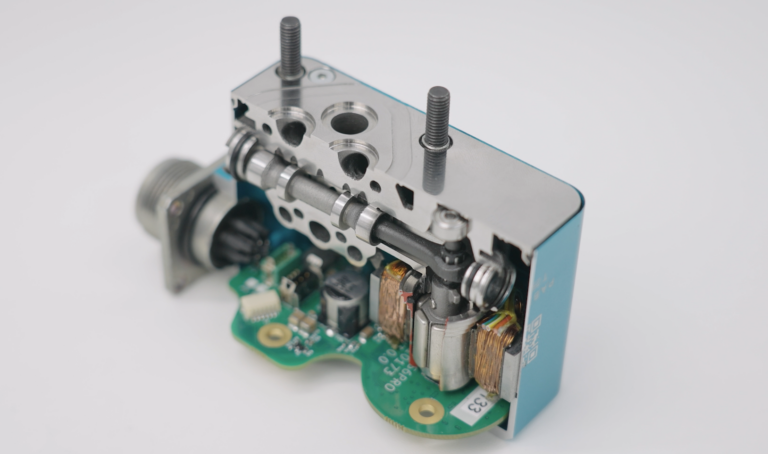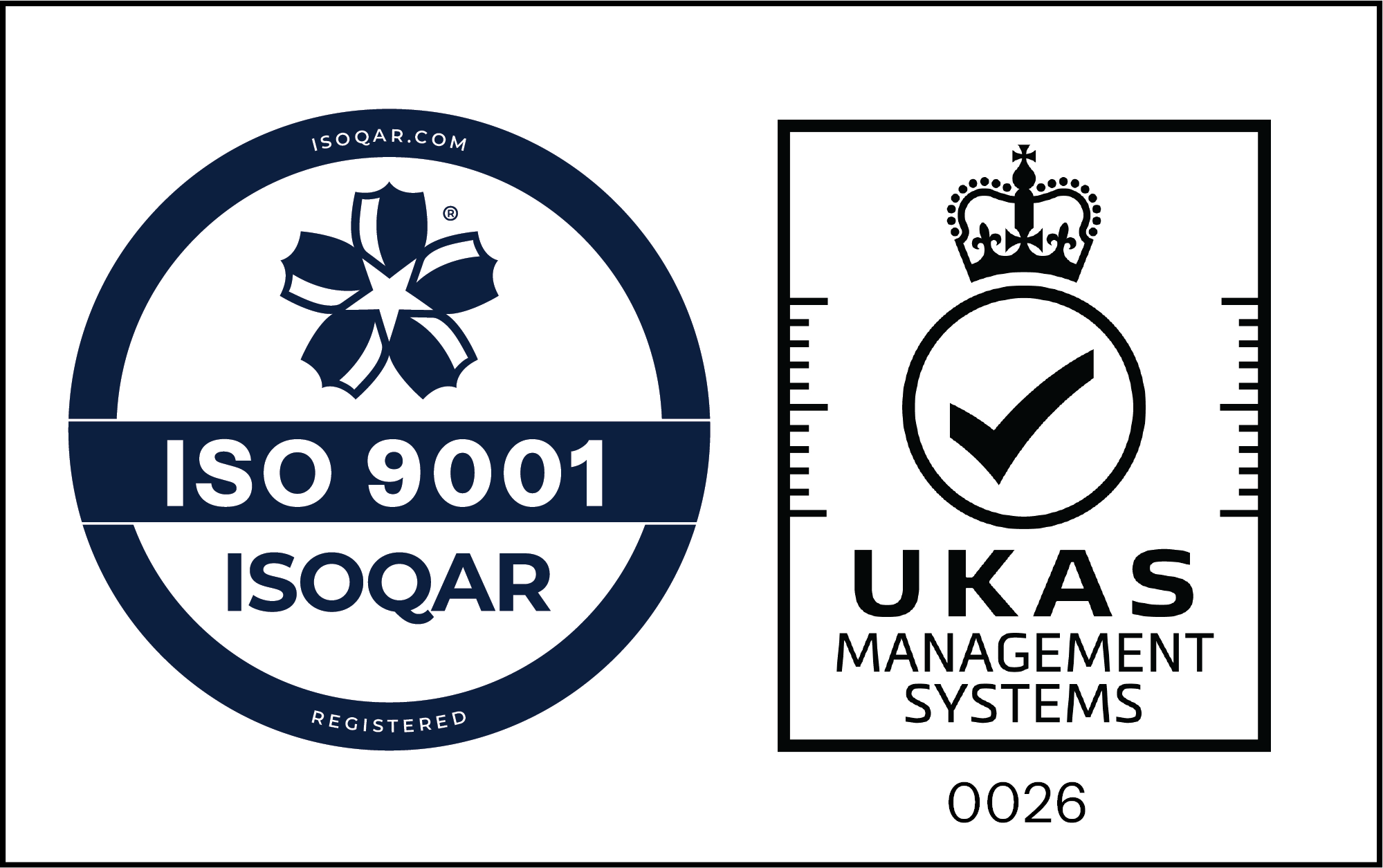Hydraulic servo valves are used for a wide range of precision control applications found in the automotive, aerospace, and general manufacturing industries. Apart from the actual servo mechanism, the spool component in these valves is key to the effective operation of the valve.
What is a Spool?
A “spool” is a cylindrical component inside a hydraulic valve. It is typically used to control the direction of fluid flow in a hydraulic circuit. This is achieved by moving the spool inside an enclosed housing such that protrusions called “lands” either block or allow specific fluid flow paths through ports on the valve housing.
The spool consists of two parts: the spool core, which is the central shaft of the spool; and the lands, which have a larger diameter than the spool core, and are used to block the various ports. A spool can have as few as one land for simple open-closed control but may have many more. For example, a 3/2 valve has 2 lands on the spool, and 3 ports on the valve body, and is able to direct flow in two different directions. The lands often have notches cut into them to allow for controlled flow under different flow regimes, V, D, and square notches are common. V-notches for example provide increased control at low flow rates.
Controlling the Position of the Spool
Controlling the spool position can be achieved using a manual lever or push button, or automatically with a solenoid. Alternatively, for more efficient and precise control, a direct drive (DDV) servo can be used to move the spool. In its simplest mode of operation, the spool in a 3/2 valve can be moved into two different positions:
- Fully Open: The spool is moved to a position that allows fluid to flow through the valve.
- Fully Closed: The spool is moved to a position that prevents fluid flow through the valve.
Hydraulic valves typically control the position of the spool by making use of linear solenoids. These solenoids generate an electromagnetic field that moves a ferromagnetic plunger, positioning the spool. Proportional solenoids can be used to control the exact position of the plunger depending on the supplied current. Most linear solenoids have an internal spring that returns the plunger to its initial position once the current has been removed. A DDV servo valve is operated under closed-loop control using positional feedback to maintain the spool in the optimal position.
DDVs are a popular style of hydraulic valve due to their simplicity, however, their designs have remained relatively unchanged, with only marginal energy efficiency gains being made. Domin has taken the traditional DDV and optimized every aspect of it from its electronic feedback systems to the underlying design and manufacturing principles of the valve. This has created a valve that has 40 % fewer parts, 25% higher flow, and is twice as fast, all while being 4 times smaller than competing valves.
Benefits of Domin’s Hydraulic Servo Valves
Servo control valves are clearly best suited for applications that demand tight and repeatable positional control. Domin offers a range of advanced DDV servo valves with a number of advantages, some of which are listed below:
- Optimised Flow Channels: All Domin valves make use of additive manufacturing to produce lightweight valves that are not only optimized for efficient fluid flow but also for quality, reliability, and cost. Spool design can also be optimised using additive manufacturing techniques.
- Light Weight: By leveraging additive manufacturing, the valves can be optimised for low mass without compromising the strength of the overall valve. This is because techniques such as topology optimization and generative design can be used to ensure material is only used where required. The spool design is optimised to be smaller and light weight to reduce the inertia of the spool while also improving efficiency due to lower pressures and reduced leakages.
- Energy Efficiency: Domin servo valves are more efficient than standard servo valves because they consume less energy during operation as they are optimised for reduced fluid flow restriction, resulting in fewer losses due to fluid friction. The smaller, optimised spool design also needs less energy to move it into position, adding to the overall energy efficiency of the valve.
- Position Feedback: One key advantage of a servo valve is that it enables electronic feedback control. The position of the spool can be precisely determined and relayed back to a closed-loop control system, and any positional errors can be quickly corrected, allowing for precise control.
- Versatility: Domin valves can be customized for different flow rates, electrical control methods, and seal materials when initially ordered to meet specific client requirements. Limited non-standard configurations are also available on request, for example, customised edge cut conditions for spools.
Why Choose a Domin Servo Valve?
Domin servo valves represent the state of the art in hydraulic control and have a wide range of benefits uniquely suited to the digital future. They combine the best of direct drive valves with the best of two stage valves to create a small unit with high performance, precise control, and low energy consumption that make them ideal for globally essential industries such as aerospace, automotive, and industrial manufacturing sectors. To learn more about how our valves can benefit your unique application, contact the Domin sales team today.

